You rely on data every day to make smart choices in business. An enterprise data architect shapes how your organization collects, stores, and uses information. This role helps you find gaps in your data, improves the way you manage information, and ensures that your data matches your goals. When you work with a professional in this career, you gain better insights and keep your data secure. Their work supports strong decision-making and helps your business grow.
Core Responsibilities of an Enterprise Data Architect

Designing Enterprise Data Architecture
You play a key role in shaping how your organization handles information. As a data architect, you design the blueprint for collecting, storing, and using data. You choose the right frameworks to guide your work. The most common frameworks help you organize and classify every part of your enterprise data architecture.
| Framework Name | Description |
|---|---|
| The Zachman Framework | An enterprise architecture framework that classifies and organizes various perspectives of architecture using a 36-cell matrix. |
| TOGAF | An enterprise architecture methodology that includes data architecture as one of its domains, focusing on comprehensive design and governance. |
| DAMA-DMBOK2 | A comprehensive guide to data management principles and practices, widely used as a reference in the field. |
You make sure your architecture can grow with your business. You focus on scalability by using flexible storage solutions and monitoring performance. You plan for the future so your systems can adapt to new technologies.
Tip: When you design your data architecture, always think about how your data needs might change as your business grows.
You use your skills to create a structure that supports business intelligence, analytics, and daily operations. You ensure that your data management framework can handle large volumes of information without slowing down.
Setting Data Standards and Policies
You set the rules for how your organization manages data. As a data architect, you create standards that keep your data accurate, secure, and easy to use. You focus on several key areas:
- Data quality standards
- Data integration standards
- Data security and privacy standards
- Data accessibility standards
- Data lifecycle management standards
- Data compliance standards
- Data ownership and stewardship standards
- Metadata management standards
You help your team follow these standards by developing clear policies. You measure compliance by creating a strong data security policy and conducting regular audits. You assess and update your strategies to keep up with new laws and best practices.
Note: Regular monitoring helps you find gaps in your data management processes and improve your ability to prevent data breaches.
You make sure everyone in your organization understands their role in data management. You build a data management framework that supports business goals and meets legal requirements.
Overseeing Data Integration and Management
You oversee how your organization brings together data from many sources. As a data architect, you manage data integration to avoid silos and improve efficiency. You use leading technologies like MuleSoft, Informatica, and SAP to connect different systems. You also rely on tools that support real-time data integration and transformation.
In today’s data-centric world, you need to streamline data management processes. You extract data from websites, social media, and business systems. You clean and standardize this data to improve accuracy.
| Challenge | Solution |
|---|---|
| Diverse and siloed data sources | Implement data integration strategies using ETL tools, data virtualization, and API-based integrations. Establish data mapping and transformation standards. Use data lakes and warehouses for consolidation. |
You build a data management framework that supports unified and strategic data management. You help your organization use data from CRMs, ERPs, and cloud platforms. You make sure your data architect responsibilities include keeping data accessible, reliable, and ready for analysis.
Callout: Effective data integration helps your business make faster decisions and stay competitive.
You focus on improving data management by using the best tools and practices. You ensure that your data architect responsibilities support business intelligence and operational success.
Ensuring Data Security and Compliance
You must protect your organization’s information at every step. As a data architect, you take responsibility for building strong defenses around your data. You use well-known security frameworks to guide your work and keep your systems safe. Some of the most common frameworks you might use include:
- NIST
- SABSA
- Essential Eight
- COBIT
- TOGAF
These frameworks help you set up rules and controls that protect your data from threats. You focus on data security by making sure only the right people can access sensitive information. You also use encryption and access controls to keep data safe, both when it moves and when it stays in storage.
You must also follow important regulations like GDPR and HIPAA. These rules do more than check boxes. They help your organization build trust with clients by setting clear standards for security, transparency, and accountability. You show responsibility and protect client interests by following these regulations.
To meet these requirements, you use several strategies:
- You discover and classify data to find sensitive information and handle it with care.
- You set up policy-based access and encryption to stop unauthorized access and meet privacy standards.
- You monitor your systems in real time and keep audit logs to track compliance and spot any problems.
- You manage the data life cycle, making sure you keep or delete data as the law requires. For example, GDPR gives people the right to have their data erased.
- You use access control models like RBAC (Role-Based Access Control) and ABAC (Attribute-Based Access Control) to decide who can see or change sensitive data.
- You pay attention to where data lives. Some laws require that personal data stays within certain countries or regions.
- You communicate clearly with users and keep them informed about how you use their data.
- You create a strong plan to respond to breaches quickly and meet deadlines set by regulators.
- You design your systems with compliance in mind from the start, not as an afterthought.
Tip: When you focus on data integrity, you make sure your information stays accurate and trustworthy. This helps you avoid costly mistakes and keeps your organization’s reputation strong.
As a data architect, you play a key role in making sure your organization meets all legal and ethical standards. You protect your data, support business goals, and help your company earn the trust of clients and partners.
Collaborating Across Departments
You cannot work alone as a data architect. You need to connect with many teams to make sure your data strategy works for everyone. You share data across departments to help teams work together and solve problems faster. When you encourage data sharing, you boost productivity and help your organization reach its goals.
Here are some ways you can build strong partnerships:
- Share data and insights with other teams to support better decision-making.
- Increase transparency so everyone understands how data flows through the organization.
- Start joint projects that bring together people from IT, business, and other areas. These projects help you solve complex problems and create new solutions.
You also act as a bridge between IT and business teams. You break down barriers and help everyone understand each other’s needs. You define the data architecture in a way that matches business requirements. You use clear language that both technical and non-technical people can understand.
You help others by:
- Explaining complex technical ideas in simple terms.
- Turning data strategies into actions that teams can follow.
- Managing stakeholders and aligning different interests to keep projects moving forward.
Note: Good communication skills help you build trust and make sure everyone supports your data initiatives.
As a data architect, you make sure your data supports every part of the business. You help teams use data to solve problems, improve performance, and drive innovation. Your work ensures that data becomes a valuable asset for the entire organization.
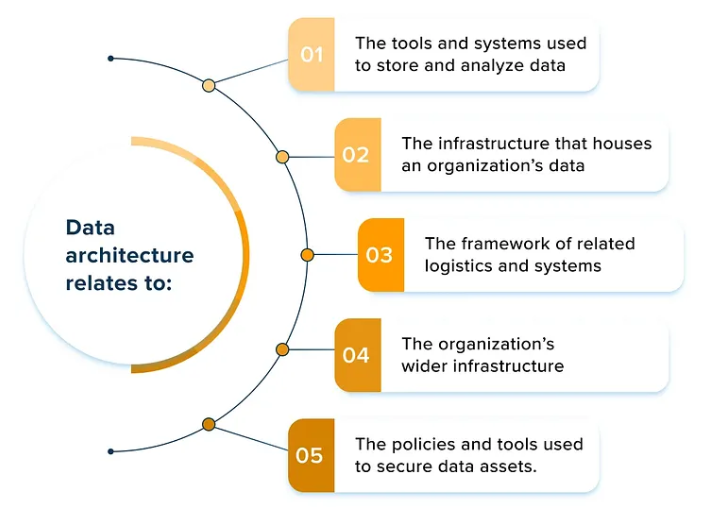
Daily Workflow and Data Architect Duties in Enterprise Data Architect
Engaging with Stakeholders
You start your day by connecting with stakeholders across your organization. As a data architect, you listen to their needs and gather requirements for new projects. You schedule meetings and workshops to discuss business objectives and challenges. You ask questions to understand how teams use data and what outcomes they expect. You document these requirements and share them with everyone involved. You encourage open dialogue and mutual understanding, making sure each department feels heard. You use collaboration tools like Slack and Microsoft Teams to keep communication flowing. You break down tasks into smaller units and prioritize them based on urgency and impact. You update timelines and adjust plans as needed, always keeping organizational goals in mind.
Tip: Early engagement with stakeholders helps you avoid misunderstandings and ensures your data strategy supports business growth.
Developing Data Models and Blueprints
You design models that show how data moves through your organization. As a data architect, you use techniques like Entity Relationship Diagrams and Unified Modeling Language to map out data objects and their relationships. You create data dictionaries to define assets, columns, and attributes. You translate business requirements into technical specifications, making sure your data management framework matches organizational needs. You establish standards for database development and oversee the setup of data warehouses. You track data assets and monitor their flow, ensuring data remains accessible and reliable.
| Technique | Description |
|---|---|
| Entity Relationship Diagram | Shows data objects, relationships, and attributes for tabular data. |
| Unified Modeling Language (UML) | Uses diagrams to model information structures. |
| Data Dictionaries | Groups tables, columns, and relationships in a tabular format. |
Optimizing Data Systems
You focus on making data systems run smoothly. As a data architect, you evaluate performance using metrics like query response times, data throughput, and resource utilization. You use observability tools to monitor data latency and pipeline failures. You map data flows to spot bottlenecks and inefficiencies. You implement improvements based on feedback from users and system monitoring. You leverage project management platforms to track progress and reassign resources. You regularly review plans and adjust priorities to keep critical tasks on schedule. You ensure your data management practices support both operational efficiency and long-term scalability.
Note: Tracking performance metrics helps you identify issues early and maintain high-quality data systems.
Supporting Data Governance
You play a vital role in supporting data governance across your organization. You design and implement frameworks that guide how everyone handles data. You create policies, processes, and procedures for data management. These rules help your team keep information accurate and secure.
You work with both business and technical stakeholders. You encourage collaboration so everyone understands the value of data. You build a shared vocabulary for data assets. This common language helps teams communicate clearly and avoid confusion. You also help eliminate data silos by integrating data sources. When you connect different systems, you make information easier to access and use.
You establish consistent metadata principles. Metadata describes your data and makes it easier to find and understand. You set up feedback loops so stakeholders can share ideas about governance initiatives. This ongoing input helps you improve your data management framework.
You ensure data quality and integrity by following several steps:
- You establish clear governance policies and procedures.
- You define a data governance framework that matches your organization’s needs.
- You implement data quality management to keep information reliable.
- You foster data literacy and awareness among your team.
- You set up a data governance council to oversee activities.
- You implement robust data security measures to protect sensitive information.
You focus on making data a strategic asset. You help your organization use data to drive business growth and informed decision-making. You support data management by creating strong foundations for data governance. Your work ensures that everyone can trust and use data effectively.
Tip: When you support data governance, you help your organization avoid costly mistakes and improve overall performance.
Essential Skills and Qualifications for Enterprise Data Architect

Technical Skills and Tools
You need a strong technical foundation to succeed as a data architect. You work with many tools and platforms every day. You use data modeling techniques and tools like ERwin and PowerDesigner to design structures for your organization’s information. You manage relational databases such as Oracle and SQL Server. You also handle NoSQL databases like MongoDB and Cassandra for distributed systems.
You understand data warehousing concepts and build systems that store large amounts of information. You use data integration tools and ETL processes, including Informatica and Talend, to combine data from different sources. You follow data governance frameworks and standards, such as DAMA and DMBOK, to keep your data organized and secure. You create reports and visualizations using Tableau and Power BI. You work with cloud-based platforms like AWS and Azure to store and process data. You write code in languages like SQL and Python to manipulate and analyze data. You apply data security principles and encryption techniques to protect sensitive information.
- Data modeling and design tools (ERwin, PowerDesigner)
- Relational and NoSQL databases (Oracle, SQL Server, MongoDB, Cassandra)
- Data warehousing and integration (Informatica, Talend)
- Data governance standards (DAMA, DMBOK)
- Visualization tools (Tableau, Power BI)
- Cloud platforms (AWS, Azure)
- Programming languages (SQL, Python)
- Data security and encryption
You also use operating systems like UNIX, Linux, and Windows. You apply machine learning and statistical methods to solve problems. You use applied mathematics to support decision-making in data science.
Business Acumen and Communication
You need more than technical skills to excel as a data architect. You must understand your organization’s goals and how data supports business growth. You translate business needs into technical solutions. You communicate clearly with both technical and non-technical teams. You explain complex ideas in simple terms so everyone can understand.
You listen to stakeholders and gather requirements for new projects. You present data strategies and show how they align with business objectives. You build trust by sharing insights and helping teams use data to solve problems. You work with leaders to set priorities and make sure your data architecture framework supports long-term success.
Tip: Strong communication skills help you bridge the gap between IT and business teams.
Education and Certifications
You need a solid educational background to become a data architect. Most professionals start with a bachelor’s degree in computer science, information systems, or a related field. Many pursue advanced degrees to deepen their knowledge.
Certifications help you stand out and prove your expertise. You can earn credentials that focus on cloud platforms, security, and enterprise architecture. Here are some common certifications for data architects:
| Certification Name | Description |
|---|---|
| AWS Certified Solution Architect | Focuses on designing resilient data storage and analytics systems on AWS. |
| Certified Enterprise Architect (CEA) Black Belt Program | A comprehensive program for enterprise architecture professionals. |
| Google Professional Cloud Architect | Validates skills in designing and managing cloud solutions on Google Cloud. |
| Information Systems Security Architecture Professional (ISSAP) | Emphasizes security architecture in information systems. |
| The Open Group TOGAF Certification | Recognized framework for enterprise architecture. |
| Microsoft Certified: Azure Data Engineer Associate | Focuses on implementing data storage solutions and developing data processing on Azure. |
| Google Professional Data Engineer | Designed for managing scalable data processing systems using Google Cloud. |
| Databricks Certified Data Engineer Associate | Geared towards professionals working with big data platforms and data lakes. |
You choose certifications that match your career goals and the needs of your organization. You stay current with new technologies and best practices in data management.
Experience Requirements
You need solid professional experience to become an enterprise data architect. Most organizations look for candidates who have worked in data-related roles for several years. You build your expertise by starting in positions such as data analyst, database administrator, or data engineer. These roles help you understand how data moves through systems and how businesses use information.
Tip: You gain valuable skills by working on real-world data projects. Hands-on experience helps you solve problems and learn best practices.
Many employers expect you to have at least five to eight years of experience in the data field. You should show that you have managed complex data environments and led projects that involve data integration, modeling, or governance. You need to demonstrate your ability to design and implement data solutions that support business goals.
Here are some key areas where you should have experience:
- Data modeling and database design
- Data integration and ETL processes
- Data warehousing and business intelligence
- Data governance and compliance
- Cloud data platforms and big data technologies
- Project management and cross-functional collaboration
You benefit from working in industries that rely heavily on data, such as finance, healthcare, retail, or technology. These sectors give you exposure to large-scale data challenges and advanced analytics.
| Role Title | Typical Experience Gained |
|---|---|
| Data Analyst | Data analysis, reporting, data quality |
| Database Administrator | Database management, security, optimization |
| Data Engineer | ETL development, data pipeline creation |
| Business Intelligence Dev | Dashboard design, analytics, data visualization |
You strengthen your qualifications by leading teams, mentoring junior staff, and managing stakeholder relationships. You show initiative by taking ownership of data projects and driving results. You build a track record of successful implementations and continuous improvement.
Note: You stand out when you combine technical expertise with leadership and communication skills. Employers value professionals who can bridge the gap between IT and business.
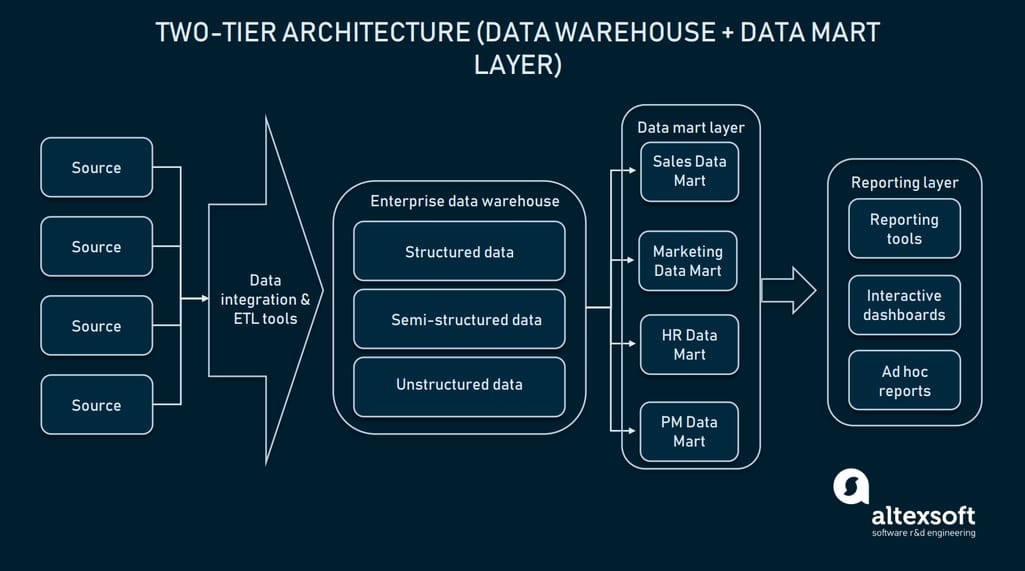
Enterprise Data Architect vs. Related Data Roles
Data Architect vs. Data Engineer
You may wonder how your responsibilities as a data architect differ from those of a data engineer. Both roles work closely with data, but their focus and daily tasks set them apart. As a data architect, you design the overall structure and strategy for your organization’s data systems. You plan how data flows, set governance policies, and visualize the impact of changes. In contrast, a data engineer builds and maintains the systems you design. They create data pipelines, manage databases, and ensure data moves smoothly between sources.
Here is a quick comparison:
| Role | Responsibilities |
|---|---|
| Data Architect | Focuses on strategic design, planning data systems, and visualizing data changes. |
| Data Engineer | Builds and maintains data pipelines and systems for practical implementation. |
You set the vision, while the data engineer brings it to life. Both roles are essential for a strong data foundation.
Data Architect vs. Data Scientist
You might also interact with data scientists in your organization. Your role as a data architect centers on designing and managing the data architecture. You need deep knowledge of database management, data warehousing, and integration. Strong communication skills help you collaborate with stakeholders and guide data strategy.
A data scientist, on the other hand, specializes in analyzing complex data sets. They use statistical analysis and machine learning to find patterns and insights. Data scientists often have a background in mathematics, computer science, or statistics. They use programming languages like Python or R to build models and present findings to non-technical teams.
- As a data architect, you focus on structure and management.
- As a data scientist, you focus on extracting insights and building predictive models.
Both roles require excellent communication, but your expertise lies in building the data environment that enables advanced analytics.
Data Architect vs. Solutions Architect
You may also work alongside solutions architects, especially in large organizations. Your focus as a data architect is on the design and management of data systems. You ensure that data supports business intelligence and analytics.
A solutions architect, however, addresses specific business problems. They develop and integrate solutions based on current technologies and project needs. While you look at the big picture of data architecture, the solutions architect focuses on implementing technology to solve immediate challenges.
| Role | Focus Area | Responsibilities |
|---|---|---|
| Data Architect | Data systems and architecture | Designs and manages data frameworks, ensures data supports business needs. |
| Solutions Architect | Business solutions and technology projects | Develops and integrates solutions for specific business problems and project objectives. |
You both play key roles in aligning technology with business goals, but your expertise centers on data as a strategic asset.
The Value of Enterprise Data Architect in Modern Business
Driving Data-Driven Decision Making
You rely on data to guide your business decisions every day. Enterprise data architects help you create a strong foundation for collecting, managing, and using data across your organization. They identify ways to reduce costs and find new investment opportunities. You benefit from their ability to align projects with your business goals and manage risks during changes. These professionals turn big ideas into practical steps, saving you time and resources.
| KPI Description | Measurable Outcome |
|---|---|
| Reduction in avg. time spent on data stewardship | 8% reduction |
| Increase in Enterprise Architect efficiency | 10% increase |
| Reduction in on-premise business applications | 10% reduction |
| Increase in number of business applications retired | 15% increase |
| Reduction in business applications with unapproved tech | 5% reduction |
| Reduction in business applications not aligned to business capability | 12% reduction |
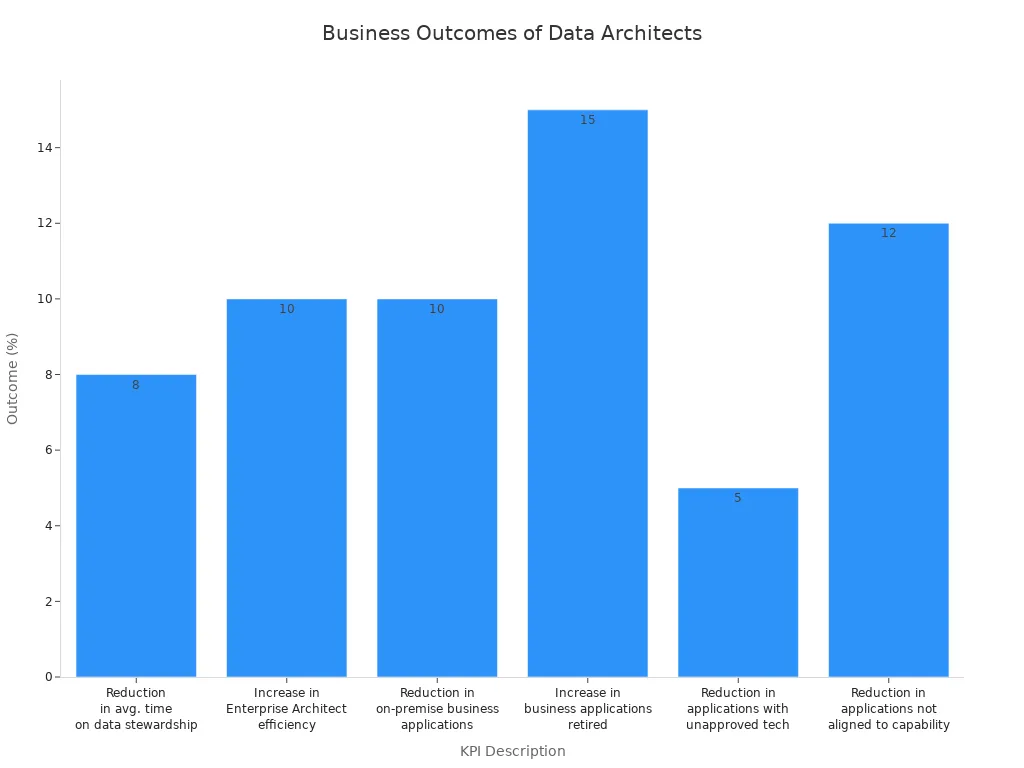
You see measurable improvements in efficiency and compliance when you invest in enterprise data architecture. You can rationalize your application portfolio, manage the lifecycle of business applications, and align technology with your strategy.
Enabling Scalability and Innovation
You need your data systems to grow with your business. Enterprise data architects design frameworks that support scalability and innovation. You gain increased visibility into your data operations, which gives you a unified source of truth. You access relevant data quickly, helping you make better decisions. Defined standards improve data quality and reliability, making your reports more accurate.
Note: High-quality data leads to better products and lower operating expenses.
Enterprise data architecture outlines how you collect, store, manage, and integrate data. You use this framework to handle large volumes of data efficiently. You align your data strategy with your business objectives, which helps you adapt to new technologies and market demands.
- You see increased visibility into data operations.
- You enhance decision-making capabilities for users.
- You improve data quality through clear standards.
- You achieve financial gains by increasing efficiency.
FineDataLink for Enterprise Data Integration
You face challenges when you try to integrate data from multiple sources. FineDataLink offers a solution that helps you build an efficient and high-quality data layer for business intelligence. You use its low-code platform to synchronize data in real time and develop advanced ETL and ELT processes. You benefit from drag-and-drop operations and support for over 100 data sources.
FineDataLink enables you to:
- Consolidate data from different systems and applications.
- Automate data integration workflows, reducing manual effort.
- Build both offline and real-time data warehouses for better analysis.
- Share data between systems using APIs developed in minutes.
You improve your data management and governance with FineDataLink. You streamline your data processes, reduce silos, and support your business growth. You can request a free trial to see how FineDataLink transforms your enterprise data integration.
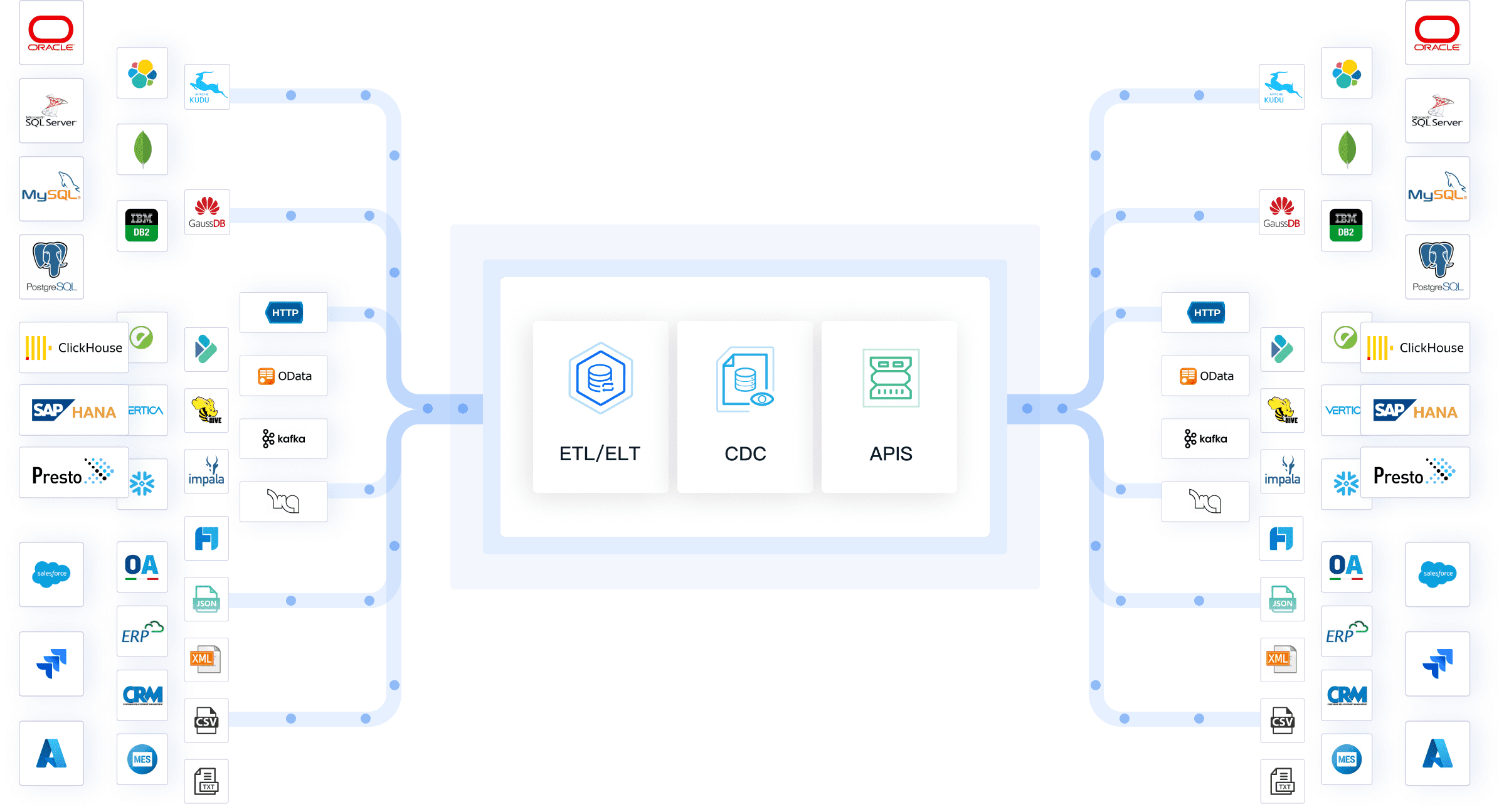
You shape your organization's future when you choose a career as an enterprise data architect. You design data strategies, set standards, and drive business growth. This career lets you solve complex challenges and lead innovation. The role of enterprise data architect grows more vital as companies adopt new data strategies and architectures.
You see trends like decentralized data ownership and semantic layers, which increase demand for skilled professionals.
| Trend Description | Implication for Data Architects |
|---|---|
| Wider Adoption of a Business or Domain-Focused Data Strategy | Emphasizes decentralized data ownership and federated governance, requiring skilled architects to manage complex data environments effectively. |
| Adoption of Semantic Layer Data Architecture | Simplifies data access and enhances governance, necessitating architects to design and implement these modern architectures. |
| Shift in Organizational Roles from Governance to Enablement | Indicates a need for architects to facilitate collaboration and self-service analytics, moving beyond traditional governance roles. |
You can advance your career by mastering tools like FineDataLink, which help you integrate and manage data efficiently. As an enterprise data architect, you turn data into a strategic asset and make a lasting impact.
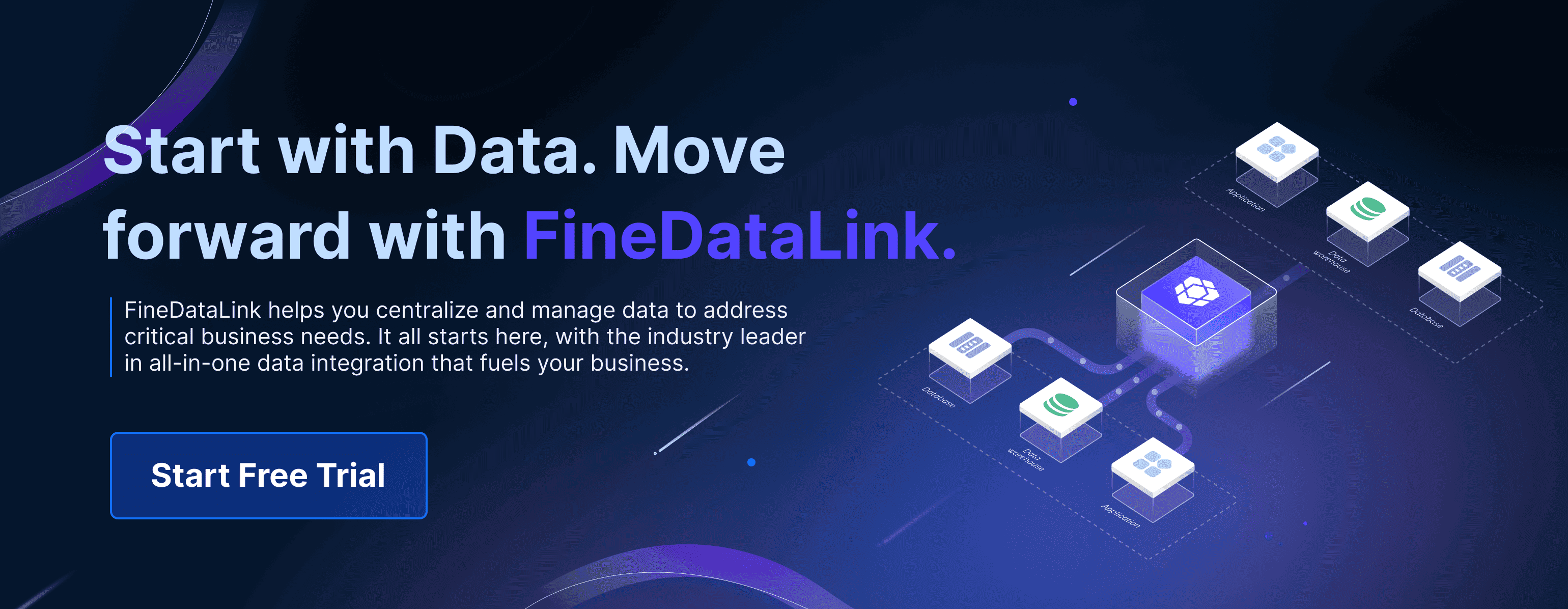
Continue Reading About Enterprise Data Architect
Enterprise Data Integration: A Comprehensive Guide
What is enterprise data and why does it matter for organizations
Understanding Enterprise Data Centers in 2025
Enterprise Data Analytics Explained for Modern Businesses
FAQ

The Author
Howard
Data Management Engineer & Data Research Expert at FanRuan
Related Articles
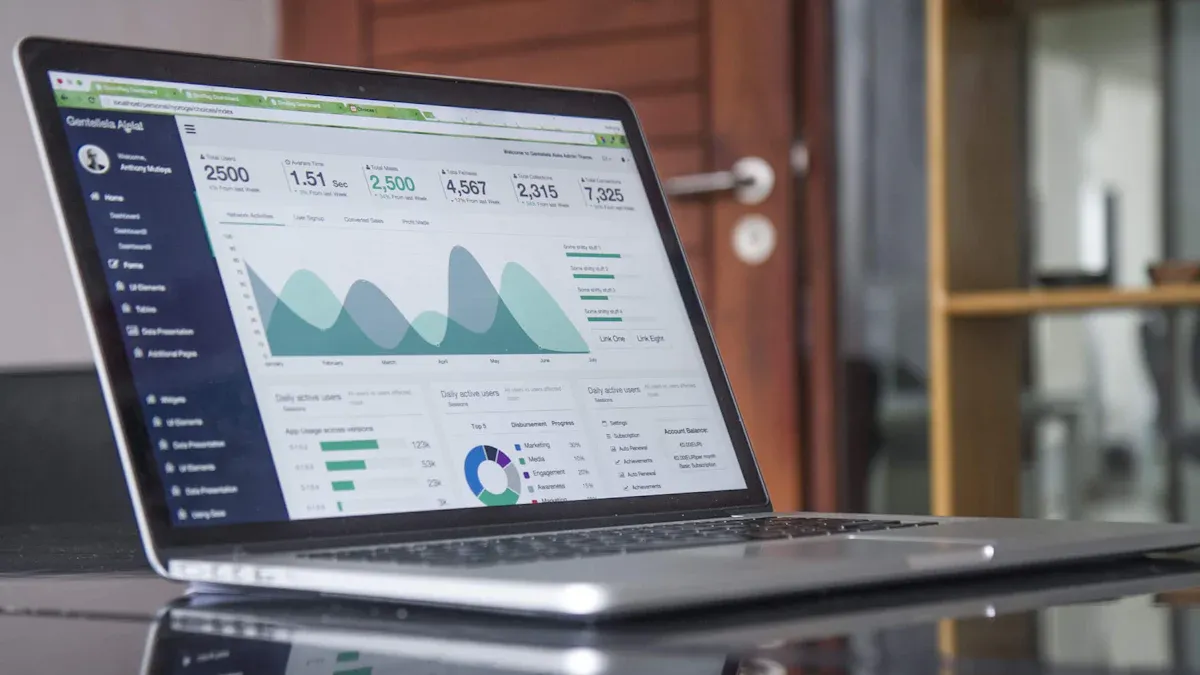
Top Data Ingestion Platform Compared
Compare the top 7 data ingestion platforms, including real-time features, integration, scalability, and pricing to find the best fit for your business.
Howard
Dec 04, 2025
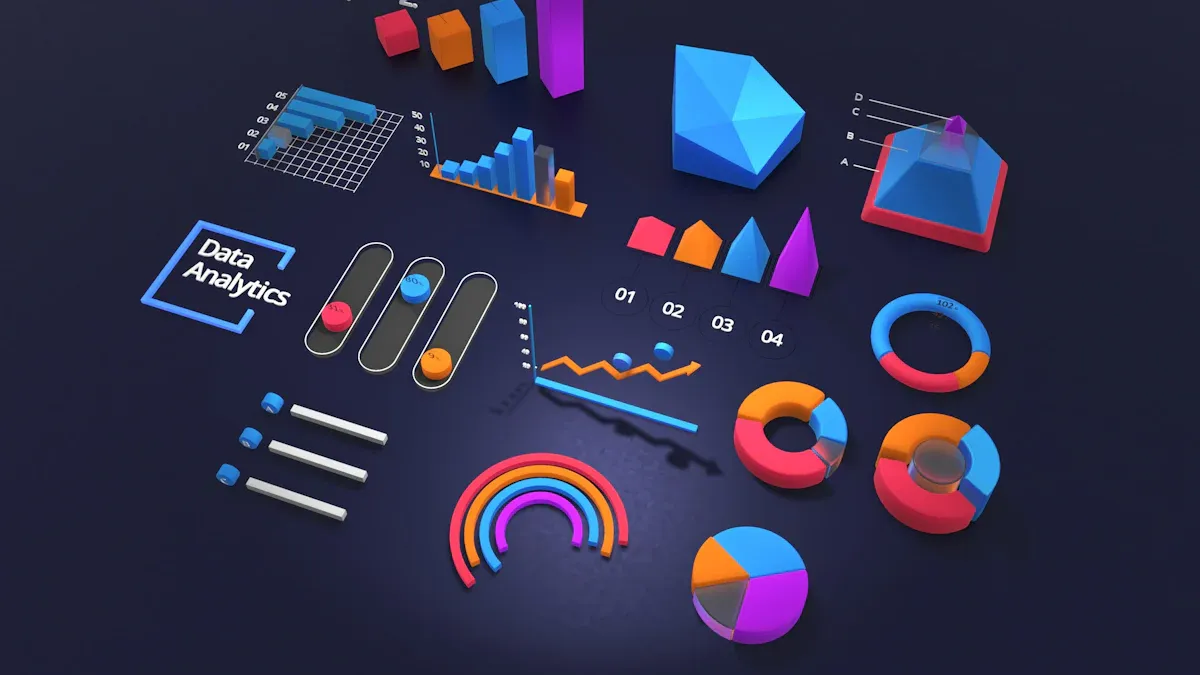
Best Data Lake Companies For Enterprise Needs
Compare top data lake companies for enterprise needs. See which platforms excel in scalability, integration, security, and analytics for businesses.
Howard
Dec 04, 2025

What Are Data Validation Testing Tools and How Do They Work
Data validation testing tools check data for accuracy, completeness, and consistency, using automated rules to ensure reliable results for business intelligence
Howard
Dec 04, 2025



